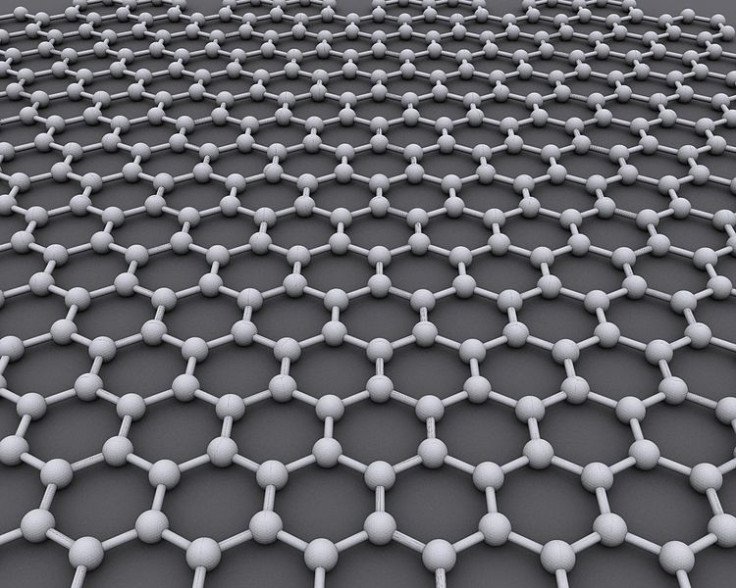Graphene used to build world's smallest bulb on a chip

A small strip of graphene heated to half the temperature of the Sun has been used to make the smallest, thinnest and most efficient incandescent light bulb on a chip.
A team of scientists from Columbia, Seoul National University (SNU), and Korea Research Institute of Standards and Science attached small strips of graphene to metal electrodes and suspended them above the substrate.
A current passed through the filaments heated the graphene to temperatures above 2500C causing the atomically thin strips to glow brightly.
"We've created what is essentially the world's thinnest light bulb," says James Hone, Wang Fon-Jen Professor of Mechanical Engineering at Columbia Engineering and co-author of the study.
"This new type of 'broadband' light emitter can be integrated into chips and will pave the way towards the realization of atomically thin, flexible, and transparent displays, and graphene-based on-chip optical communications."
This was possible due to graphene's unique properties that ensure the substrate and electrode does not melt even while the graphene glows.
This is because as it heats up graphene becomes a much poorer conductor of heat. Most of the heat is confined to the small 'hot spot' or bulb in the centre.
Heat transfer from the hot filament to its surroundings is extremely efficient at the microscale, making most structures made of other materials impractical and leading to damage of the surrounding chip.
Also at very high temperatures graphene requires less energy for visible light emission
"The visible light from atomically thin graphene is so intense that it is visible even to the naked eye, without any additional magnification," explains Young Duck Kim, first and co-lead author on the paper and postdoctoral research scientist who works in Hone's group at Columbia Engineering.
Yun Daniel Park, professor at Seoul National University and co-lead author, notes that the team is working with the same material that Thomas Edison used when he invented the incandescent light bulb: "Edison originally used carbon as a filament for his light bulb and here we are going back to the same element, but using it in its pure form -- graphene -- and at its ultimate size limit -- one atom thick."
The study, 'Bright visible light emission from graphene,' is published in the Advance Online Publication (AOP) on Nature Nanotechnology's.
Click here for a video on how the bulb works.
Graphene, made of a single layer of carbon atoms, is known for its strength and flexibility. Besides being a remarkable electrical conductor, it exhibits extraordinary optical and electronic mechanical properties which lends itself to many applications.
© Copyright IBTimes 2025. All rights reserved.





















